How to Start Fish Farming in Nigeria?
Dreaming of a profitable Nigerian fish farm but unsure where to start? The challenges seem daunting, but success is within reach.
Starting fish farming in Nigeria involves securing land, choosing the right pond , sourcing quality fingerlings and feed, and understanding market demands. Proper planning and management are key to profitability.
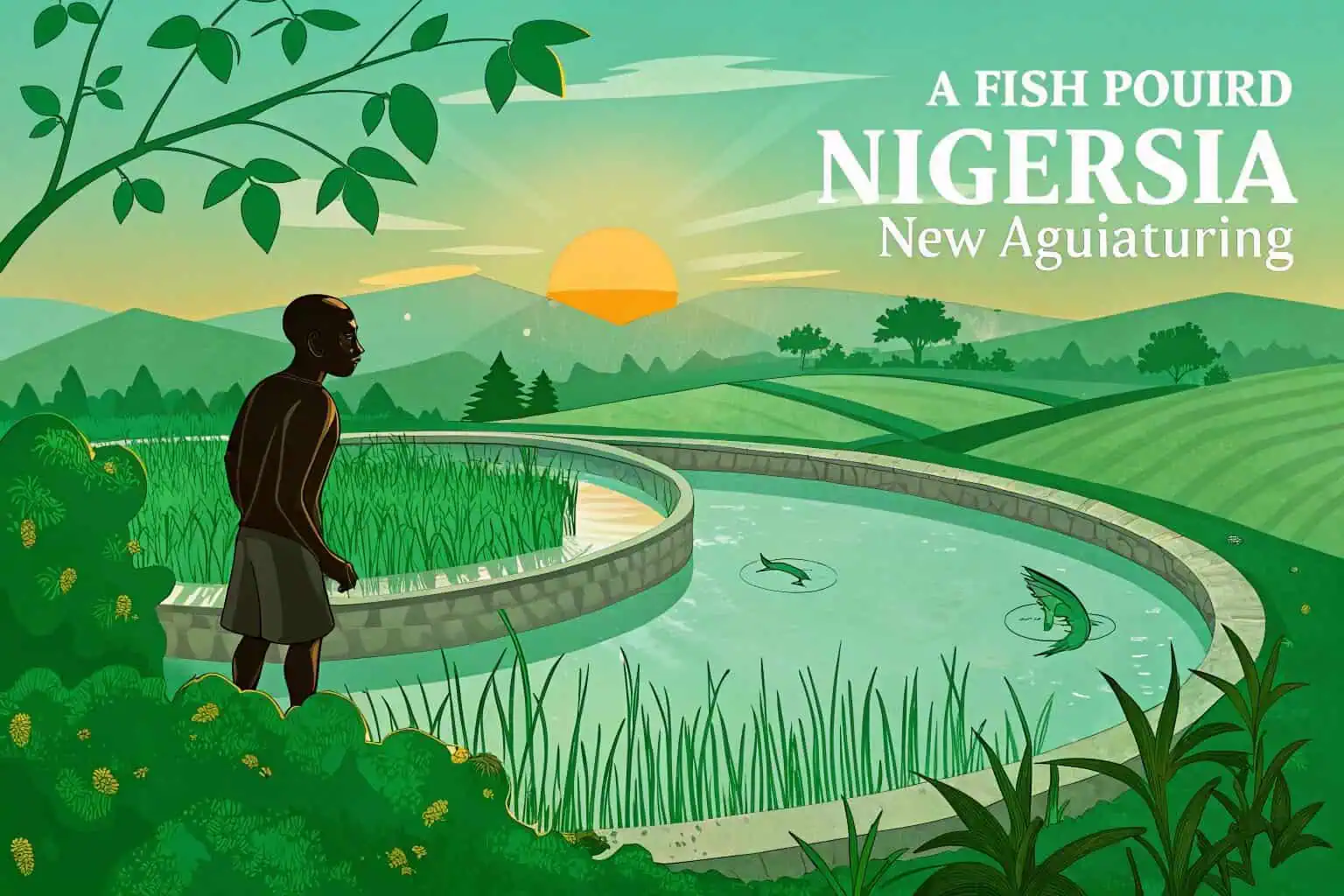
Fish farming is a big deal in Nigeria, offering a path to food security and income. But before you dive in, let's break down what it really takes to succeed. As someone who has watched this industry closely, I've seen immense potential, especially with Nigeria's growing population and increasing demand for healthy protein. Natural fisheries can't keep up, and that's where aquaculture, particularly catfish farming, steps in.
How profitable is fish farming in Nigeria?
Heard fish farming in Nigeria is a goldmine? High profits are possible, but hidden costs and risks can sink your venture.
Fish farming in Nigeria can be very profitable, with potential returns of 30-50% in 6 months for catfish. However, profitability depends heavily on managing feed costs, disease control, and market prices effectively.
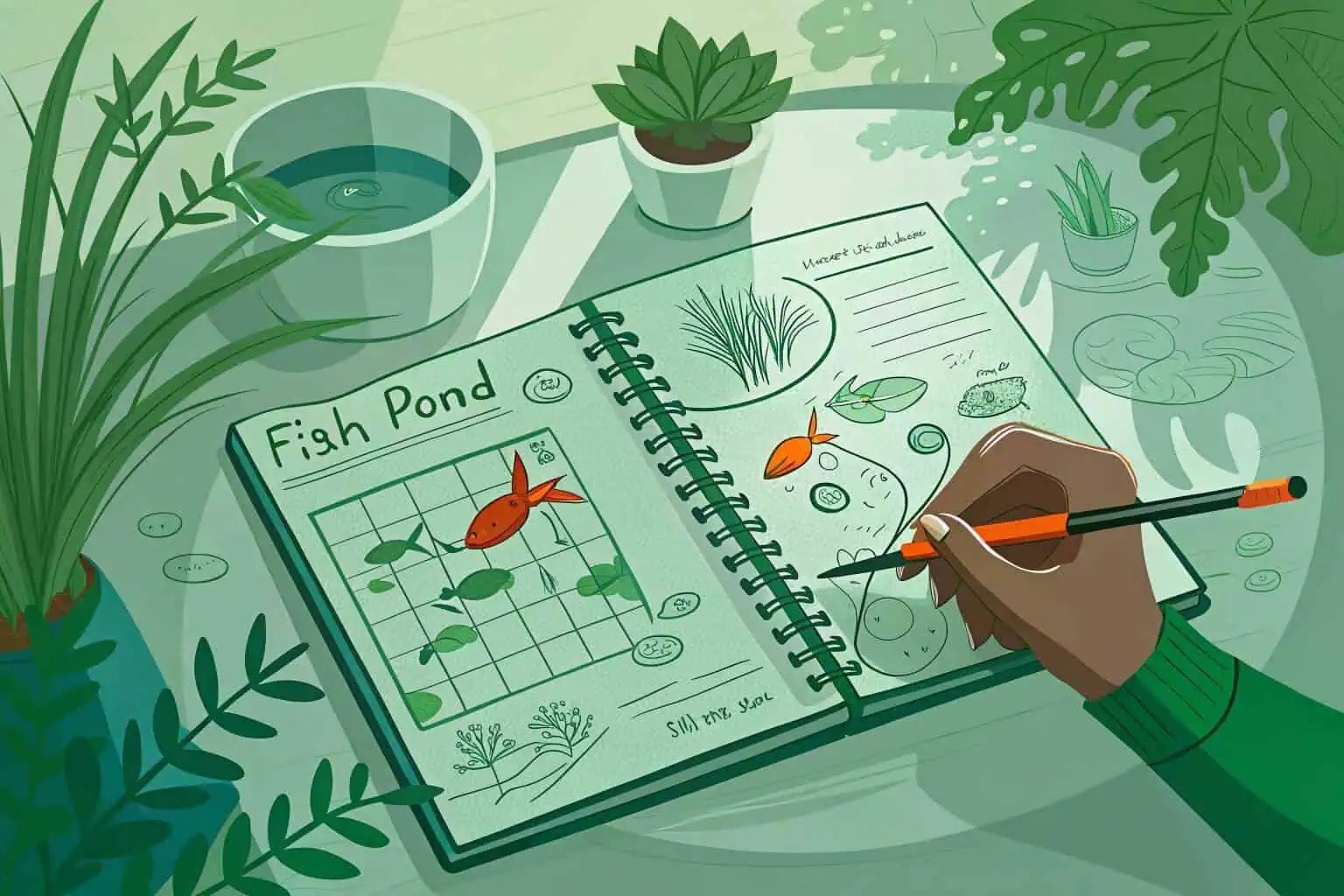
Many people ask me about the profits in Nigerian fish farming1. It's a valid question because, let's be honest, we're in business to make a living. From my experience and observations, the profit margins can be quite attractive, especially with popular species like catfish. A well-managed farm can see returns of 30% to 50% within a typical six-month cycle for catfish2. For example, if you invest in raising 1000 catfish, the potential for a good return is there. I recall a conversation with a small-scale farmer who started with just one of our Bancy collapsible tanks; his initial success story was inspiring. However, this isn't a get-rich-quick scheme. Several factors directly impact how much money you actually take home.
Key Factors Influencing Profitability
Feed costs are the biggest elephant in the room. They can eat up 60% to 70% of your total operational expenses. So, finding affordable, high-quality feed3 is crucial. Another major factor is disease management. An outbreak can wipe out your entire stock, so biosecurity and quick responses are vital. Market price fluctuations also play a significant role. Sometimes prices are great, other times not so much. You need to have a good strategy for selling your fish at the right time and price. I've seen farmers who meticulously track market trends do significantly better.
A Simple Profitability Breakdown
To give you a clearer picture, let's look at a simplified example. Remember, these are estimates and can vary widely based on location, management, and unforeseen circumstances.
| Expense Category | Estimated Cost (Naira) | Notes |
|---|---|---|
| Pond Setup (e.g., Bancy Collapsible Tank)4 | 150,000 - 500,000+ | Depends on size and type. |
| Fingerlings (1000) | 30,000 - 50,000 | Price varies by size and supplier. |
| Feed (6 months) | 300,000 - 500,000 | Largest recurring cost. |
| Labor & Miscellaneous | 50,000 - 100,000 | Water, security, medication. |
| Total Estimated Cost | 530,000 - 1,150,000 | |
| Potential Revenue | 700,000 - 1,500,000 | Assuming good survival & market price. |
| Estimated Profit | 170,000 - 350,000+ | Before unforeseen issues. |
Maximizing Your Returns
To really boost your profits, focus on efficient management. This means optimizing feeding schedules, maintaining excellent water quality, and minimizing losses. Using durable and easy-to-clean ponds5, like the ones we offer at Bancy Solutions, can also reduce long-term costs and improve hygiene, contributing to healthier fish and better profits. It's about smart investments and consistent effort. I always tell people that the initial investment in good quality infrastructure pays off by reducing problems down the line.
How much does it cost to start a fish farm in Nigeria?
Want to start a fish farm in Nigeria but worried about the cost? Initial investment can be high, but smart choices make it affordable.
The cost to start a fish farm in Nigeria varies greatly, from a few hundred thousand Naira for small setups using earthen ponds or Bancy's collapsible tanks, to millions for larger, more complex operations.
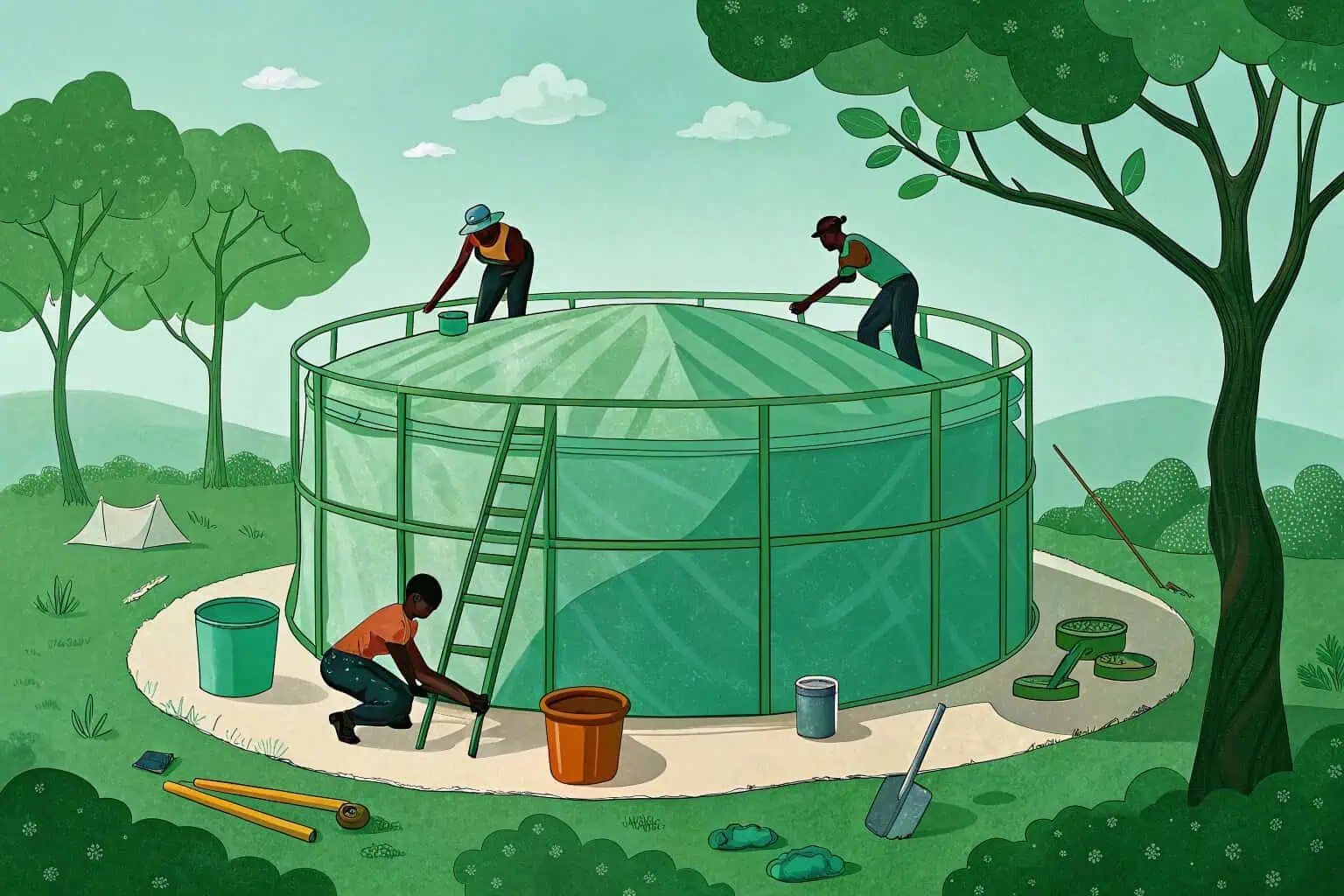
When I talk to aspiring fish farmers in Nigeria, the first question is almost always about the startup costs6. It's a crucial factor, and the answer is: it depends. There's no one-size-fits-all figure. Your initial investment can range from a relatively modest sum for a small-scale backyard operation to a significant amount for a commercial-level farm. I've seen people start small with what they have and grow, and others go big from day one. My own journey into understanding this sector started by looking at how different scales of operation manage their initial capital.
Factors Determining Startup Costs
Several things will influence your initial outlay. The scale of your operation is the most obvious – are you planning for a few hundred fish or tens of thousands? The type of pond system you choose is another major cost. Earthen ponds are often cheaper to construct initially but may have higher long-term maintenance and water management challenges. Concrete ponds are durable but expensive and permanent. Then there are modern solutions like Bancy's collapsible fish tanks7, which offer a balance of durability, flexibility, and often a more manageable upfront cost, especially for those starting out or needing adaptable systems. You also need to factor in the cost of land (if you don't own it), water source development (borehole, well), quality fingerlings, initial feed supply, and basic equipment like nets and weighing scales.
Sample Cost Estimates for Different Scales
Let's try to put some numbers to this, keeping in mind these are general estimates and can fluctuate based on location and specific choices.
| Farm Scale | Pond Type Examples | Estimated Startup Cost (Naira) | Key Cost Components |
|---|---|---|---|
| Small-Scale | 1-2 Small Earthen Ponds / Bancy Collapsible PVC Tanks | 200,000 - 700,000 | Pond construction/purchase8, fingerlings, initial feed. |
| Medium-Scale | Multiple Earthen/Concrete Ponds / Larger Bancy Galvanized Tank Systems | 700,000 - 3,000,000 | Land prep, pond construction, water system, more fingerlings9 & feed. |
| Large-Scale | Extensive Concrete Ponds / Recirculating Aquaculture Systems (RAS) / Advanced Systems | 3,000,000 - 10,000,000+ | Major infrastructure, hatchery (optional), processing equipment. |
Making Smart Investment Choices
My advice is always to start with what you can comfortably manage, both financially and operationally. For many, especially small to medium-scale farmers, using versatile solutions like Bancy's galvanized pipe fish tanks10 or collapsible plastic fish tanks can be a game-changer. They are easier to set up than concrete ponds, can be relocated if needed, and offer excellent durability. This flexibility can significantly reduce initial capital expenditure and allow you to scale up as you gain experience and capital. I remember helping a community project set up with several of our galvanized sheet fish tanks; their ability to get started quickly without massive concrete work was a huge advantage. Remember, cutting corners on essential things like pond quality or fingerlings can cost you more in the long run.
How many bags of feed for 1000 catfish in Nigeria?
Feeding 1000 catfish seems complex and costly, right? Underfeeding stunts growth, overfeeding wastes money. Getting it right is key.
For 1000 catfish in Nigeria, you'll need approximately 60 to 80 bags (25kg each) of quality feed over a 5-6 month grow-out period, depending on feed type and management practices.
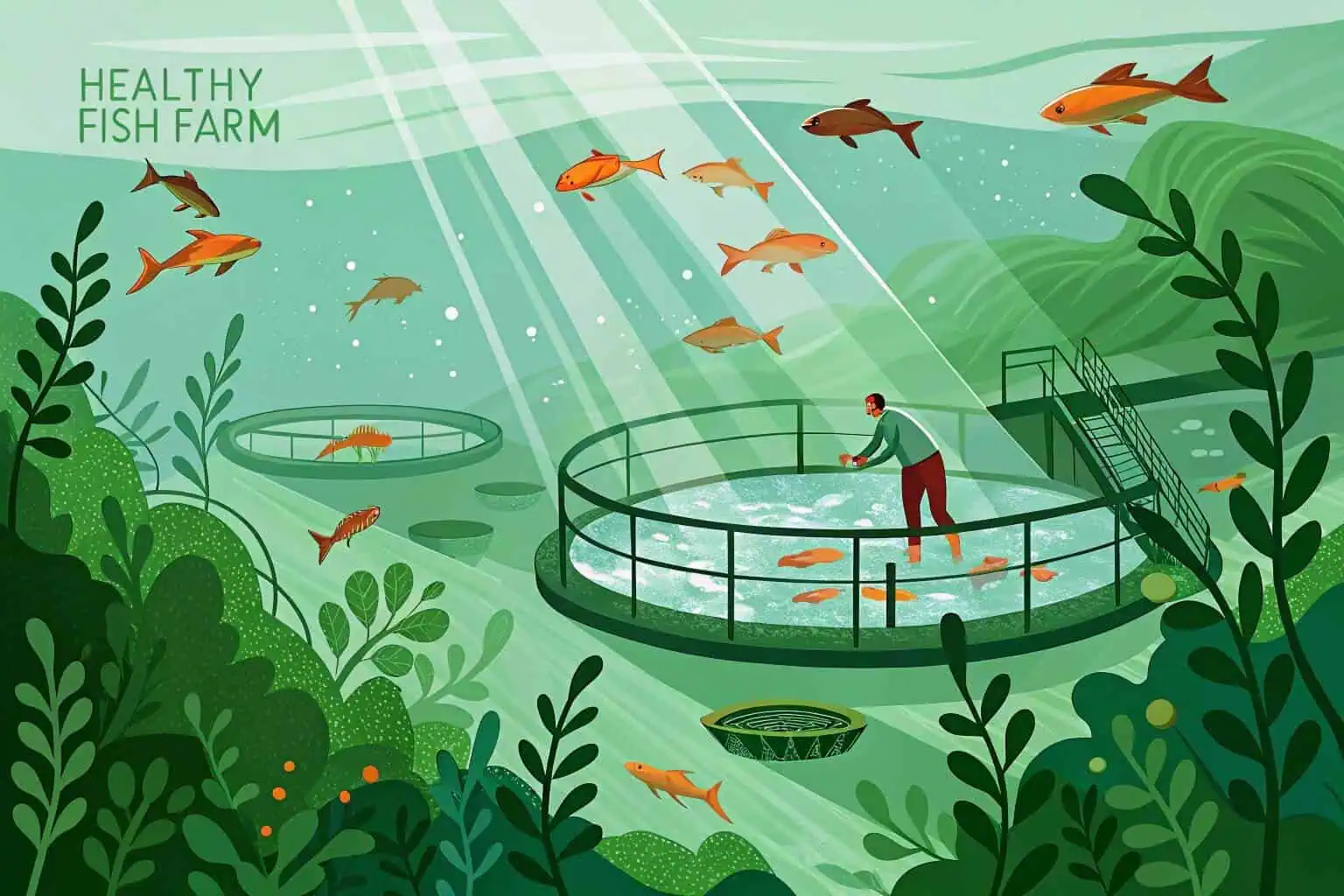
This is a very practical question I get a lot: "How much feed will I need for my 1000 catfish?" Feed is the single largest operational cost in catfish farming11, often accounting for 60-70% of total expenses, so understanding consumption is vital for budgeting and ensuring your fish grow well. There isn't an exact number of bags that applies to every situation, as it depends on several factors, but we can work with good estimates. I've learned through my own journey and by talking to many farmers that careful feed management12 is non-negotiable. It's a science and an art.
Factors Affecting Feed Consumption
The total amount of feed your 1000 catfish will consume depends on:
- Size of Fish: Fingerlings eat very little, but as they grow to table size, their daily intake increases significantly.
- Type and Quality of Feed: High-quality feeds with good protein content lead to better growth (Feed Conversion Ratio - FCR13), meaning you might use fewer bags overall compared to lower-quality feed. Different feed sizes (e.g., 2mm, 4mm, 6mm, 9mm pellets) are used at different growth stages.
- Water Temperature: Catfish are cold-blooded, so their metabolism and appetite are higher in warmer water, which is typical for Nigeria.
- Feeding Frequency and Management: How often you feed (e.g., twice a day) and how you manage feed waste can impact how efficiently fish convert feed into body mass.
- Target Harvest Size: If you're growing them to a larger size (e.g., 1kg or more), they'll naturally consume more feed over a longer period.
- Water Quality: Poor water quality stresses fish, reduces appetite, and leads to poor feed conversion.
Estimating Feed Quantity
A common target is to grow catfish to an average of 1kg in 5 to 6 months. A good Feed Conversion Ratio (FCR) for catfish is around 1:1 to 1.2:1. This means they need 1kg to 1.2kg of feed to gain 1kg of body weight.
So, for 1000 catfish to reach 1kg each (total 1000kg biomass gain14, assuming negligible starting weight for simplicity here):
- At FCR 1:1, you'd need 1000 kg of feed.
- At FCR 1.2:1, you'd need 1200 kg of feed.
If a standard bag of fish feed is 25kg: - 1000 kg of feed = 1000 / 25 = 40 bags
- 1200 kg of feed = 1200 / 25 = 48 bags
However, this calculation is for the net gain in weight and assumes perfect conditions and 100% survival, which is unrealistic. You start with fingerlings that already have some weight, and there are always some mortalities (hopefully minimal). Also, FCR can be higher (less efficient) in practice due to various factors. Therefore, a more realistic estimate often cited by experienced farmers ranges from 60 to 80 bags (of 25kg each) for 1000 catfish over a 5-6 month period to reach an average size of 1kg. I've seen farms manage on the lower end with excellent practices, while others might need more.
Phased Feeding Approach
It's important to use different feed sizes15 as the fish grow for optimal intake and digestion:
| Growth Stage | Fish Size (approx.) | Feed Size | Duration (approx.) | Estimated Bags (for 1000 fish, 25kg bags) |
|---|---|---|---|---|
| Post-Fingerling | 10-50g | 2mm | 4-6 weeks | 5-8 bags |
| Juvenile | 50-200g | 3-4mm | 6-8 weeks | 15-20 bags |
| Grow-out | 200g - 1kg+ | 4-9mm | 10-14 weeks | 40-52 bags |
| Total (approx.) | 5-6 months | 60-80 bags |
This table is a general guide. Always observe your fish's feeding behavior and adjust accordingly. Using high-quality, durable ponds like Bancy's range of fish tanks also helps maintain good water quality16, which is essential for healthy appetite and efficient feed conversion. Poor water quality stresses fish, reduces their feeding, and makes them susceptible to diseases, all of which negatively impact your feed efficiency and ultimately, your profits.
What is the best fish to farm in Nigeria?
Choosing the right fish species for your Nigerian farm is crucial. Pick the wrong one, and you might face slow growth and poor market demand.
Catfish (especially African Catfish - Clarias gariepinus) is widely considered the best fish to farm in Nigeria due to its hardiness, fast growth, high market demand, and adaptability to various culture systems.
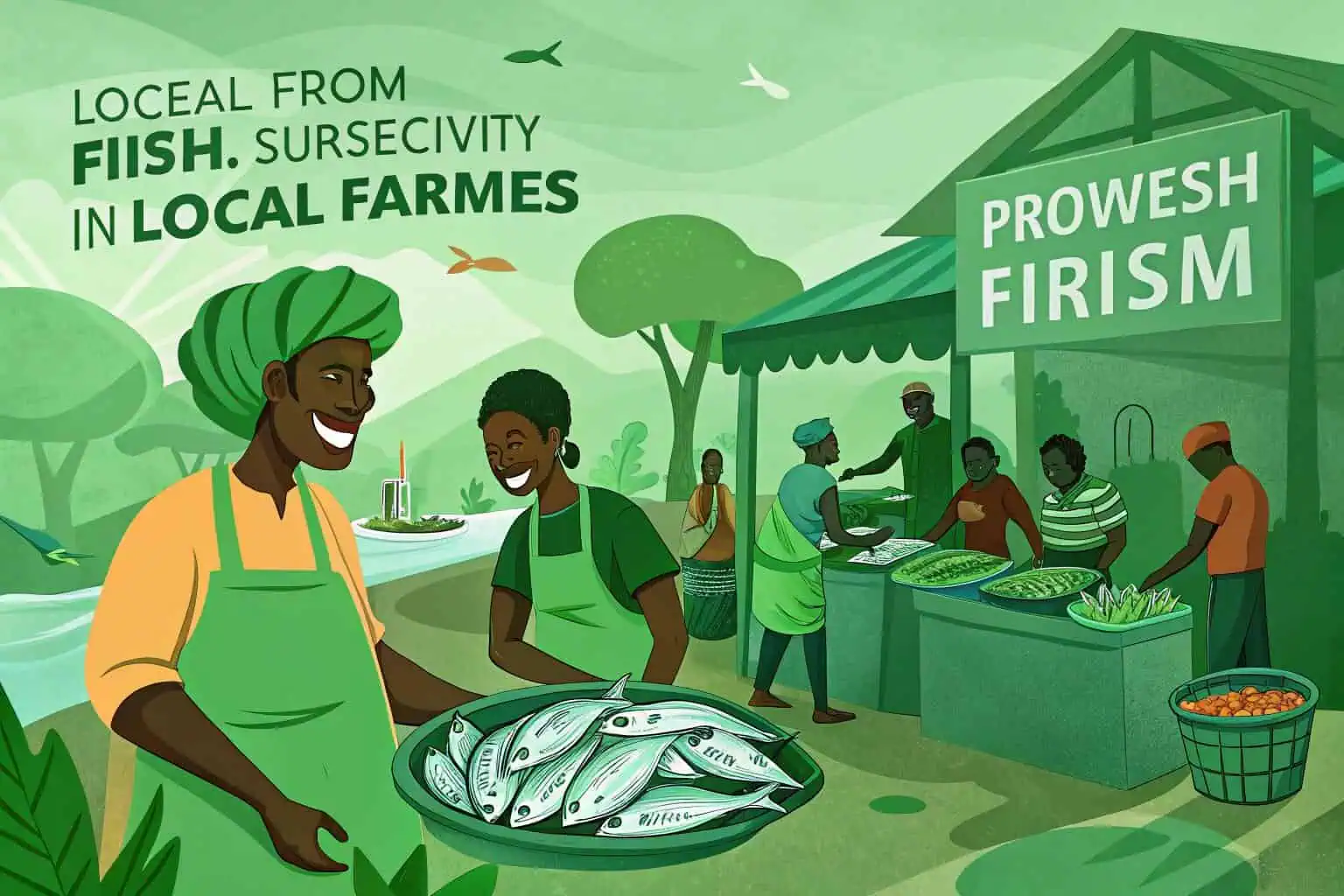
When people ask me what fish they should farm in Nigeria, my answer often leans towards one particular champion, but it's good to know the options. The "best" fish really depends on your goals, resources, and local market. However, for most aspiring and established fish farmers in Nigeria, African Catfish (Clarias gariepinus and Heterobranchus longifilis, or their hybrid "Hetero-clarias17") stands out. I've seen its success firsthand, and the market consistently asks for it. It's the backbone of Nigerian aquaculture for good reasons.
Why Catfish Reigns Supreme
There are solid reasons why catfish is so popular and, in my opinion, the best choice for most:
- Hardiness: Catfish are incredibly resilient. They can tolerate relatively poor water quality and low dissolved oxygen levels better than many other species, thanks to their air-breathing capabilities. This makes them more forgiving for beginners and reduces risk.
- Fast Growth Rate18: Catfish grow quickly, reaching table size (around 1kg) in 5-6 months under good management. This means a quicker return on investment compared to many other species.
- High Market Demand19: Nigerians love catfish! It's a staple in many diets, whether fresh for home cooking, smoked for preservation and flavor, or as the star in the famous "point-and-kill" pepper soup. The demand is consistently high across the country.
- Adaptability: Catfish can be farmed in various systems, from simple earthen ponds to concrete tanks, and even modern, efficient systems like Bancy's collapsible PVC tanks or our sturdy galvanized tanks. This flexibility is a big plus for farmers with different resources.
- Good Feed Conversion20: They are efficient converters of feed, especially when given quality commercial feeds. This efficiency is key to profitability.
- Established Knowledge Base: There's a wealth of information and experience available in Nigeria regarding catfish farming, from breeding to marketing.
Other Potential Candidates
While catfish is king, Tilapia (Oreochromis niloticus)21 is another species worth considering, especially for certain markets or integrated farming systems (like aquaponics).
| Fish Species | Key Advantages | Key Challenges | Suitable Culture Systems |
|---|---|---|---|
| Catfish (Clarias, Heterobranchus) | Hardy, fast growth, high demand, air-breather, good FCR, established market | Can be cannibalistic if not sorted by size, requires good quality (often expensive) feed | Earthen ponds, concrete tanks, collapsible tanks (PVC, Galvanized), Recirculating Aquaculture Systems (RAS) |
| Tilapia (Oreochromis niloticus) | Fast breeding, can utilize some plant-based feeds, good taste, disease-resistant | Slower growth to large sizes, prone to overpopulation/stunting if breeding isn't controlled, sensitive to low temperatures | Earthen ponds, cages, concrete tanks, aquaponics |
| Carp (Common, Grass) | Can utilize natural pond food, some niche market demand | Slower growth compared to catfish, many small bones can deter consumers, less popular overall | Earthen ponds, integrated farming with livestock |
Making Your Choice
For most entrepreneurs looking to enter fish farming in Nigeria with a focus on profitability and market acceptance, catfish is generally the safest and most rewarding bet. My experience has shown that focusing on what the market readily accepts simplifies a lot of things. When you choose catfish, you're tapping into an established value chain. And with reliable farming structures like Bancy's fish tanks22 – our Collapsible Plastic Fish Tanks are great for starting, while the Galvanized Sheet Fish Tanks offer robust, larger-scale solutions – you can create an optimal environment for whatever species you choose. These tanks are designed for durability and ease of use, which are crucial for the demands of catfish culture. Ultimately, research your local market, assess your resources, and then decide. But for a strong start, catfish is hard to beat.
Conclusion
Starting a fish farm in Nigeria is a journey with real rewards. With knowledge, good planning, and the right tools, your aquaculture dreams can thrive.
-
Explore this link to understand the financial potential and challenges of fish farming in Nigeria, helping you make informed decisions. ↩
-
Learn why catfish is a popular choice for fish farming and how it can lead to significant profits. ↩
-
Exploring this resource can help you find cost-effective feed options that maintain quality, crucial for your operational success. ↩
-
Explore this link to understand the various pond setups and their costs, helping you make an informed decision for your aquaculture project. ↩
-
Discover how investing in quality ponds can lead to long-term savings and healthier fish. ↩
-
Understanding the startup costs is essential for aspiring fish farmers to plan their investments effectively. ↩
-
Explore the advantages of collapsible fish tanks, which offer flexibility and cost-effectiveness for aquaculture operations. ↩
-
Exploring best practices can ensure your pond is built for optimal fish growth and sustainability. ↩
-
Finding quality fingerlings is crucial for the success of your aquaculture project; explore trusted suppliers. ↩
-
Explore the advantages of Bancy's galvanized pipe fish tanks, which can enhance your aquaculture setup with durability and flexibility. ↩
-
Exploring best practices in catfish farming can help you optimize feed usage and improve overall fish health and growth. ↩
-
Understanding effective feed management techniques can significantly reduce costs and enhance the growth of your catfish. ↩
-
Understanding FCR is crucial for optimizing feed efficiency and growth in catfish farming, leading to better yields. ↩
-
Learn how to accurately calculate biomass gain in aquaculture to improve your farming practices and productivity. ↩
-
Understanding feed sizes is crucial for optimizing fish growth and health. Explore this link for detailed insights. ↩
-
Understanding the impact of water quality on fish feeding can help you optimize your fish farming practices for better results. ↩
-
Learn about Hetero-clarias, its benefits, and why it's a popular choice among fish farmers in Nigeria. ↩
-
Learn about the economic advantages of catfish farming, particularly how their rapid growth can lead to quicker returns on investment. ↩
-
Explore this link to understand the cultural significance and culinary uses of catfish in Nigeria, which drives its market demand. ↩
-
Discover how efficient feed conversion can enhance profitability in aquaculture, making catfish a smart farming choice. ↩
-
Explore the advantages of Tilapia in aquaculture, including its fast breeding and disease resistance, to enhance your farming strategies. ↩
-
Discover the advantages of Bancy's fish tanks for creating an optimal environment in fish farming. ↩